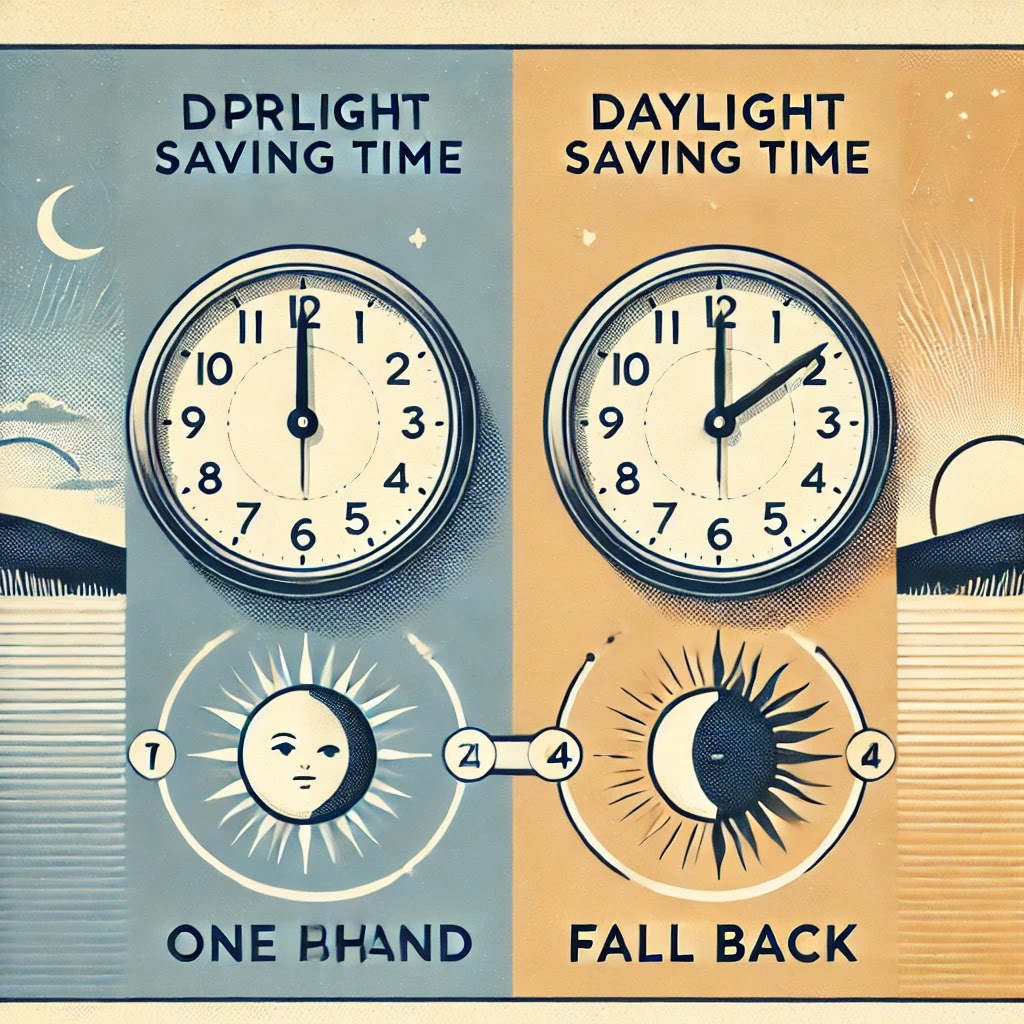Daylight Saving Time (DST) is a system in which clocks are set forward by one hour during the warmer months of the year and then set back in the cooler months to maximize daylight in the evening hours. The U.S. returns to standard time each fall, as it did on November 3, 2024, this year, meaning clocks are set back by one hour, effectively giving people an extra hour of morning light but making the evening darker earlier.
Purpose of DST
The main goals of DST are to:
- Conserve energy: By extending daylight in the evening, DST aims to reduce the need for artificial lighting and heating, theoretically lowering energy consumption.
- Maximize daylight hours: DST allows people to make better use of natural daylight, particularly in the evening, which can improve overall productivity, reduce road accidents (by reducing driving in the dark), and promote outdoor activities.
- Economic benefits: Longer daylight hours can boost certain sectors like retail and tourism, as people are more likely to shop and travel in daylight.
However, DST has also drawn criticism. The clock changes can disrupt sleep patterns and health, and recent research has questioned whether it truly saves energy. Some regions have even moved to keep a single time year-round to avoid the biannual time change.




No comments:
Post a Comment